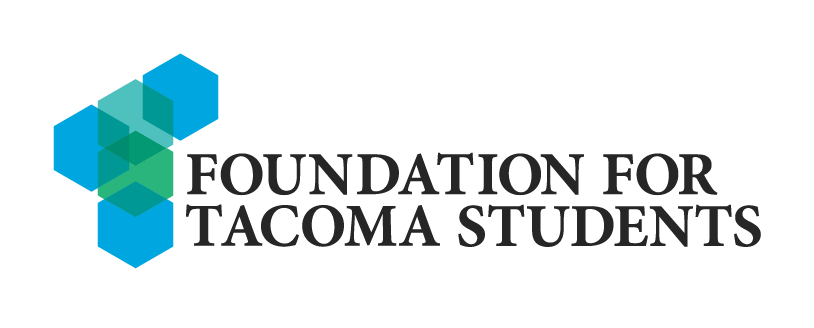We must fulfill our duty to meet the needs of students receiving special education services.
A new funding model for special education services will allow the state to meet its obligation to equitably provide for the needs of students with disabilities – a duty just as critical to the future success of students, families, schools, and local communities as its duty to provide for basic education services.
Overview
Federal law requires schools to provide every student with a disability a free and appropriate education, which, in Washington, includes 140,000 students. Yet our state’s arbitrary funding allocation for students eligible for special education services puts it in the company of only a handful of other states in one key respect and puts it alone among all the states in another – with unconscionable results.
Washington state
Washington’s special education funding model has created a circumstance, according to the state’s Superintendent of Public Instruction Chris Reykdal, that is “fundamentally inconsistent with federal law” and places unsustainable financial burdens on local school districts at the same time that it provides insufficient support and produces intolerable outcomes for students with disabilities.
Like only seven other states, Washington does not allocate funding for special education services based on the number of eligible students. Instead, the state caps its support of local districts’ special education services at 13.5 percent of the district’s total population. And, alone among all 50 states, Washington does not provide any supplemental funding to districts with students eligible for special education services above the 13.5 percent cap.
This arbitrary cap has created and reinforced significant funding gaps for 109 of the state’s 295 school districts with larger special education student populations than the cap supports. According to the state Office of the Superintendent of Public Instruction, these districts collectively faced a shortfall of $300 million between what the state is required by federal law to fund and what the districts are obligated to their students to provide. In the 2015-16 school year, districts raised $165 million through local levies to partially backfill the state’s unfunded obligation.
The opportunity gaps created by these deeply-rooted funding gaps speak for themselves:
- Students with disabilities experience expulsions and disciplinary action 150 percent more often than their peers – and students of color with disabilities are disciplined at even higher rates.
- 58 percent of students receiving special education services received diplomas in 2016, putting Washington near the bottom fifth of all states.
- 34 percent of students receiving special education services drop out, the worst in the nation except for two other states.
Tacoma/Pierce County
School districts across Pierce County have been burdened by the state’s arbitrary special education funding formula, including Tacoma Public Schools. Across Pierce County districts, approximately 21,000 are eligible for special education services – just under 15 percent of the collective student population.
In Tacoma Public Schools, just under 14 percent of students were eligible for special education services. Tacoma has seen an increase in the number of students eligible for special education services over the past seven years, with roughly 500 additional students eligible for services this school year than in the 2013-14 school year. In 2018-19, Tacoma Public Schools had 117 students that were not funded under the state’s formula. The total amount of funding that the Tacoma community provided beyond what state and federal sources provided last year for special education services was nearly $7.2 million.
This year the number of students not funded under the state’s formula has nearly doubled to 220 students.
The opportunity gaps in Tacoma Public Schools reflect outcomes seen statewide:
- Students with disabilities experience disciplinary action 80 percent more often than their peers.
- 40 percent fewer students receiving special education services are reading at grade level by the end of third grade.
Call to action
The Washington Legislature’s solution to fully fund basic educations services in 2017 and 2018 after years of deliberation cannot be the end of the education funding discussion when so many of Washington’s students receiving special education services are not being adequately supported.
Appropriately providing for students with disabilities must be at least as important a moral imperative as is appropriately providing for the needs of the general student population. It is also a federal statutory requirement.
















